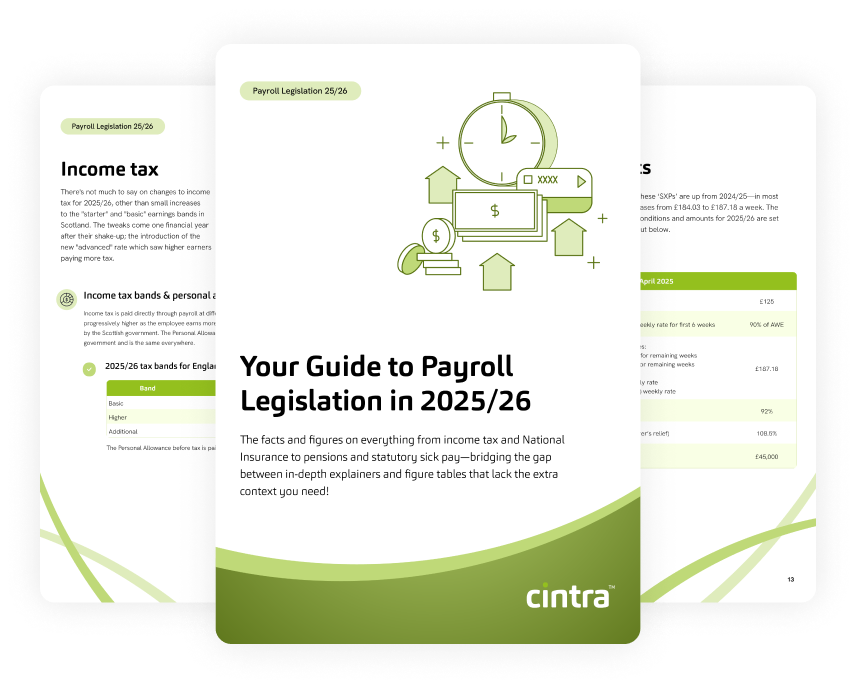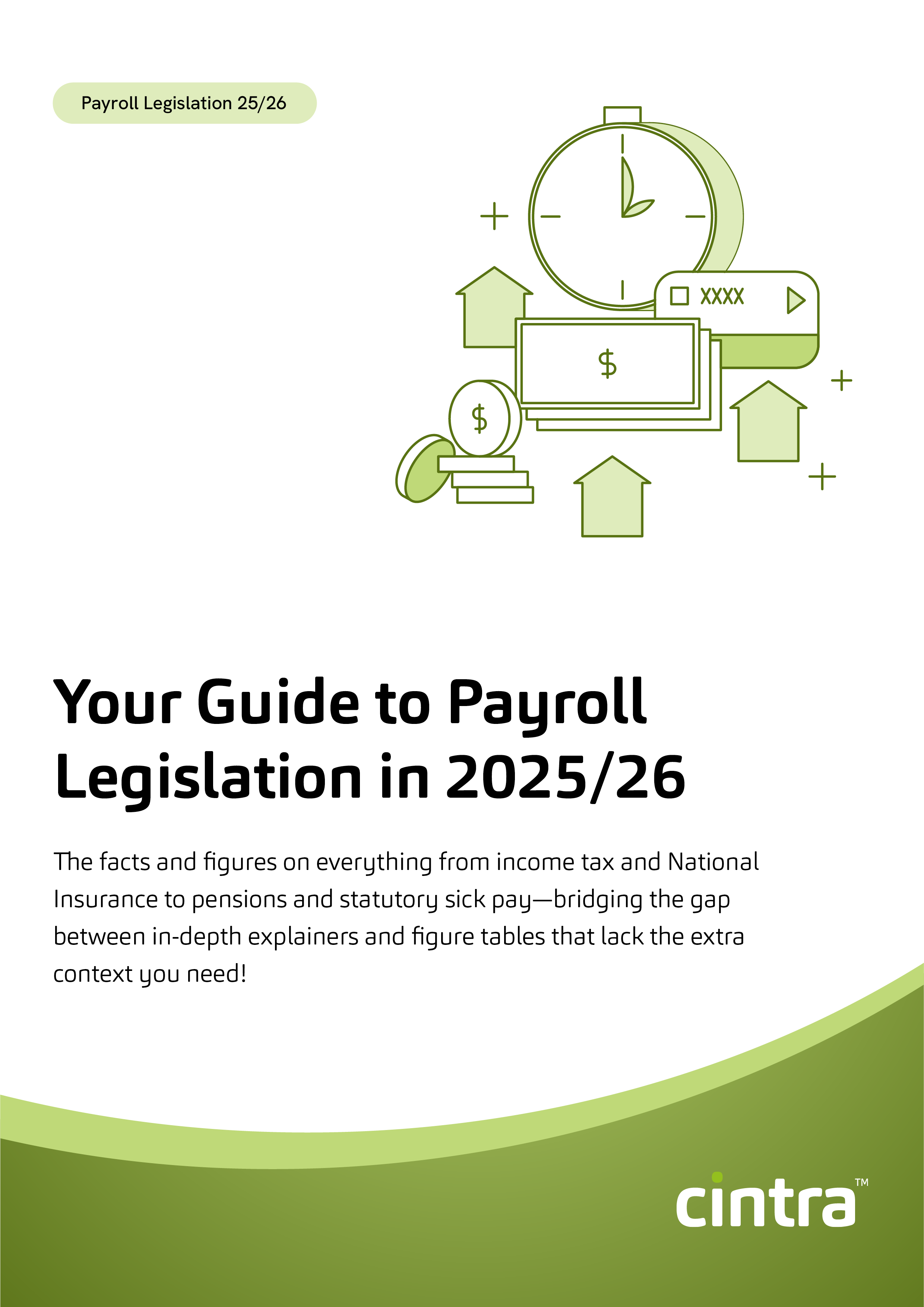Huge changes to student finance are afoot for new students about to embark on their first year of uni in 2023. There’s a lot to dig into and it’s vital you get up to speed. This guide is intended to help you out whether you’re a Plan 5 student, or a payroll professional who needs to know what changes Plan 5 brings with it. There’s plenty to think about… So, let’s get started!
Plan 5: The nitty gritty
Student Finance England is bringing in a new student loan repayment plan called “Plan 5” this year. It applies to new uni students and postgraduates starting after 1 August 2023. It only applies to students in England who are studying at a “recognised” institute doing a “recognised” course. First degrees, Higher National Diplomas and teacher training are all fair game. Some part-time courses are eligible, too. Our Welsh and Scottish cousins are, however, subject to different rules and regs so we won’t mention them here. Students who are currently studying (as well as those who have just donned their mortar boards, gowns and cheesy grins!) needn’t worry about these changes as they won’t apply.
Why the reform?
According to the Government, the changes to student finance will lessen the load of student loans on taxpayers. They also maintain that future graduates won’t have to pay back more than they borrowed (in real terms) thanks to the removal of the 3% interest rate.
When do students have to start paying back their Plan 5 Student Loan?
It’s bad luck for the bright-eyed and bushy-tailed new starters from September this year because their repayment threshold will be lower. Which means they’ll have to start paying back what they owe after they earn more than £25,000, and they’ll pay off 9% of earnings over £25,000. So, if you earn £30,000, you’ll pay that 9% on £5,000 per year. Lucky old Plan 2 students have to be earning over £27,295 a year before putting their hands in their pockets.
And repayment doesn’t go on how much you owe, you’ll pay based on how much you earn.
The repayment threshold is frozen until April 2027
The newly graduated won’t have to start paying off their loans until the April after they graduate (as long as they’re earning more than the repayment threshold). So, for Tom who’s reading Sports Science at Keele from September 2023 – he won’t have to start paying back what he’s borrowed until April 2027. For Sarah at Nottingham, who realised she didn’t really have a passion for archaeology after all so dropped out, she’s still got until 2026 until she has to make repayments. It’s the same for students on a shorter course of one or two years.
If the student who has finished their course earns less than £25,000, they don’t have to make repayments at all.
After April 2027, the repayment threshold will go up in line with inflation. That’ll make things slightly easier as with every threshold increase, more of your earnings will be untouched before the repayments are applied.
Plan 5 does have some perks…
With previous plans, such as Plan 2, students are expected to repay their loans (which fall in line with the Retail Price Index (RPI) and are charged annual interest based on this) as well as an extra 3% interest. For Plan 5ers the 3% extra doesn’t apply. So they’ll pay inline with the RPI, making it ever so slightly cheaper. And meaning, in real terms, they never pay back more than what they owe. The actual monetary amount will go up, but only in terms of the value of the pound and not because of that pesky additional interest. So that’s a bit of a sweetener right there.
40 years to repay
With Plan 5, the repayment period has been stretched to a lengthy 40 years, rather than the 30 years that Plan 2ers currently have. This makes it more likely that students will actually pay off their loans in their lifetime and could still be making payments into grandparenthood! After 40 years, anything owing will be written off.
What’s the deal with living loans?
Living (or maintenance) loans cover the living expenses associated with student life, such as food, transport, accommodation. According to Save The Student’s National Student Money Survey, the maintenance loan is one of the main sources of income for uni goers. Students can apply for a maintenance loan but how much they get will depend on how much their parents earn (or their household income in general, if they’re not living with parents) and the place where they’ll live and study.
The bad news? The maintenance loan amount hasn’t risen with inflation. This means that the amount any student will get will fall short of their actual living costs during the uni year. Inflation is at more than 10% at the moment and with the living loan only increasing by 2.8%, it’s easy to see how students will be left a whopping £1500 worse off for the year, than if it had increased with inflation.
Below is a table showing the minimum and maximum living loan amounts, depending on where the student lives and studies.
| Househole income | Living with parents / at home | Living away from from (outside London) | Living away from from (in London) |
|---|---|---|---|
| £25000 | £8400 | £9978 | £13022 |
| £30000 | £7964 | £9926 | £12297 |
| £35000 | £6988 | £8552 | £11571 |
| £40000 | £6282 | £7839 | £10845 |
| £45000 | £5576 | £7125 | £10120 |
As with the tuition fee loans, students won’t have to repay a penny until the 2026/2027 tax year.
So, what does all this really mean?
The reforms of the payment plans will mean new uni starters in England will be forking out more for their education than those who went before them. The 40-year repayment period, a lower repayment threshold and just 19p per £1 paid by the state, will see many uni-goers still paying back their loans while their hair turns grey.
Additionally, the lower repayment threshold means students will start to pay back what they owe earlier on in their graduate careers. However, the repayment threshold has been frozen at this amount until April 2027. After that, it’ll rise in line with the Retail Price Index (RPI).
According to the IFS, around 52% of new students are more likely to repay their loans in full (versus 23% of plan 2 students), which means 48% will never pay it back. Of course, it all depends on how much the graduates earn in the future.
To give you an idea of figures, here’s how the repayment schedule will look for those who come under Plan 5:
| Annual income (before tax) | Monthly income (before tax) | Repayment (monthly) |
|---|---|---|
| £25,000 | £2083 | £0 |
| £28,000 | £2,333 | £22 |
| £31,000 | £2,583 | £45 |
| £33,000 | £2,750 | £60 |
Now compare that with how it looks for students on Plan 2 Repayment:
| Annual income (before tax) | Monthly income (before tax) | Approximate monthly repayment Plan 2 | Approximate monthly repayment Plan 5 |
|---|---|---|---|
| £25,000 | £2083 | £0 | £0 |
| £28,000 | £2,333 | £5 | £22 |
| £31,000 | £2,583 | £27 | £45 |
| £33,000 | £2,750 | £42 | £60 |
As you can see from the table, students on Plan 5 pay considerably more back thanks to the lower payment threshold.
Will Plan 5 students have to pay back more than they borrowed?
Students won’t technically be paying more back than they borrowed. Even though they’ll be paying off the loan longer, the loan cost won’t increase in “real” terms because the interest rate will always match the Retail Price Index. For example, if Tom uses his living loan to buy 100 toilet rolls from B&M Bargains today, he’ll pay back enough to buy the same amount of loo roll in the future.
Inflation is, well, rather inflated at the moment, so this may not seem like an amazing deal for new starters. However, some deem it better than the old system where interest up to the RPI plus 3% is charged.
As to how it’ll affect future graduates, it’s swings and roundabouts really, just like anything in life. If Tom never earns more than £25k then the interest rate won’t matter because he’ll never repay his loan, and it’ll be written off after 40 years.
If Sarah did decide to stick with archaeology after all and ends up on Time Team, earning at top rate, she’ll pay off her loan quicker and with less interest than she would’ve in the Plan 2 system.
Need a hand to manage student loan deductions?
If this sounds confusing for students (and expensive for their parents!) we know this is going to be challenging for Payroll professionals. Keeping track of the plans, repayments, thresholds and all that compliance is going to be near impossible without a good system in place.
But there’s no need to get lost in a sea of changes. Cintra makes managing student loan deductions an absolute breeze, because all those fiddly calculations (and all that compliance) are taken care of. With Cintra, you can apply student loan plans to your different employees (no matter which Plan they were on) and automate the calculations and deductions… so there’s absolutely nothing for you to stress over. Except saving for your kids’ degree years!
Get in touch with us today for your free demo.

Payroll Legislation Guide
The facts, figures, thresholds and allowances for 2025/26 spanning tax, National Insurance, pensions, statutory payments and more.
Download now


